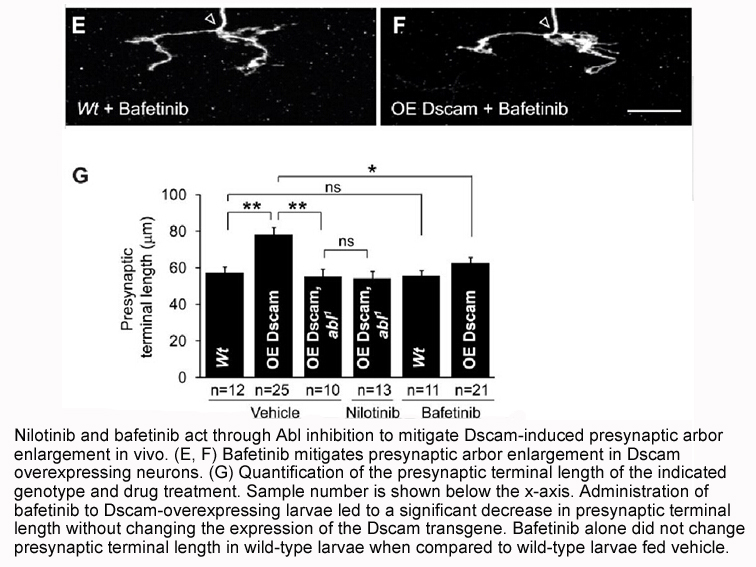Archives
br The biological investigations of furo
The biological investigations of furo[2,3-d]pyrimidine derivatives revealed that substitution of various groups on the scaffold exerts anticancer activity via inhibition of different kinases.
Conclusion
Introduction
The chemistry of quinazoline derivatives has been a point of interest in the early 1950\'s with the elucidation of the structure of a natural quinazoline alkaloid, 3-[β-keto-gamma-(3-hydroxy-2-piperidyl)-propyl]-4-quinazolone [1], from an Asian plant known for its antimalarial properties. In a quest to find more antimalarial agents various substituted quinazolines have been synthesized. Additionally, the synthesis of the quinazoline derivative 2-methyl-3-o-tolyl-4-(3H)-quinazolinone [2] was of particular importance. This compound was known by the name of methaqualone which was found to be a potent hypnotic [3]. Quinazoline derivatives have many different biological properties such as hypnotic, sedative, analgesic, antitussive, bronchodilator, antihypertensive activities, anticonvulsant, anti-inflammatory, and finally quinazolines have been shown to contain tyrosine kinase inhibit ties activities, useful to inhibit tumor growth [4,5].
Cell cycle progression, cell division and proliferation can be viewed as a sequence of events controlled by a cascade of enzymes protein kinases [6]. Protein kinases are the most important human enzyme classes. These enzymes are responsible for protein phosphorylation by catalyzing the transfer of the Ɣ-phosphoryl moity from a nucleoside triphosphate, usually ATP, to the side chain of an amino glibenclamide Supplier residue in the substrate protein [7,8] that regulates many physiological mechanisms, including cell differentiation, migration and metabolism.
Based upon their catalytic specificity, the enzyme classes can be subdivided into three categories:
The role of protein kinases in tumorigenisis is evident in their capability for transformation of normal cells into carcinogenic phenotypes when expressed in mutated, unregulated forms or when produced in abnormally high levels [1,2]. Protein kinases not only control cell division but also it aids the angiogenesis which is required for tumor growth and metastasis thus development of non-toxic and selective inhibitors of protein kinases in tumor cells represents an exciting target for cancer treatment.
We have 58 recognized RTKs in human, divided into 20 subfamilies [12] according to the extracellular stimulating ligand which can bind and stimulate the receptor enzyme. The most important and commonly targeted are EGFRs, ILGFRs, PDGFRs, FGFRs and VEGFRs which are commonly accompanied by cancer state and overexpressed in neoplastic cells [13].
EGFR TK as a target for cancer treatment
The EGFR family includes four subfamilies, epidermal growth factor receptor (EGFR, also known as erbB-1/HER-1), erbB-2/Neu/HER-2, erbB-3/HER-3, and erbB-4/HER-4, which belong to the type I receptor tyrosine kinase (RTK) group [14,15].
The abnormal signaling of pathways that include these subfamilies results in deregulated cell proliferation, evasion from apoptosis, angiogenesis, migration, and metastasis of cancer cells [16].
In many human tumors including breast, bladder, colon, and lung cancers, the overexpression of EGFR and HER-2 is seen in Ref. [17]. Highly expressed EGFR and HER-2 has been found to be related to solid tumors with poor prognosis [18].
Structure and physiological function of EGFR
Epidermal growth factor receptor (EGFR/erbB-1) was the most characterized o ne in this family. These receptors are single chain transmembrane polypeptide proteins having three different domains:
ne in this family. These receptors are single chain transmembrane polypeptide proteins having three different domains:
Clinically approved quinazolines by FDA as EGFR inhibitors
Quinazolines are one of the largest chemical classes that reported as potent EGFR inhibitors.
Structure activity relationship of 4-aminoquinazolines
Based on the reported structures and aspects, the EGFR inhibition activity of 4-aminoquinazolines is summarized in the following diagram (Fig. 3).